Voice to parliament details explained ahead of October 14 referendum
With Australia on the verge of voting on the Voice to parliament, here’s everything you need to know about the upcoming decision.
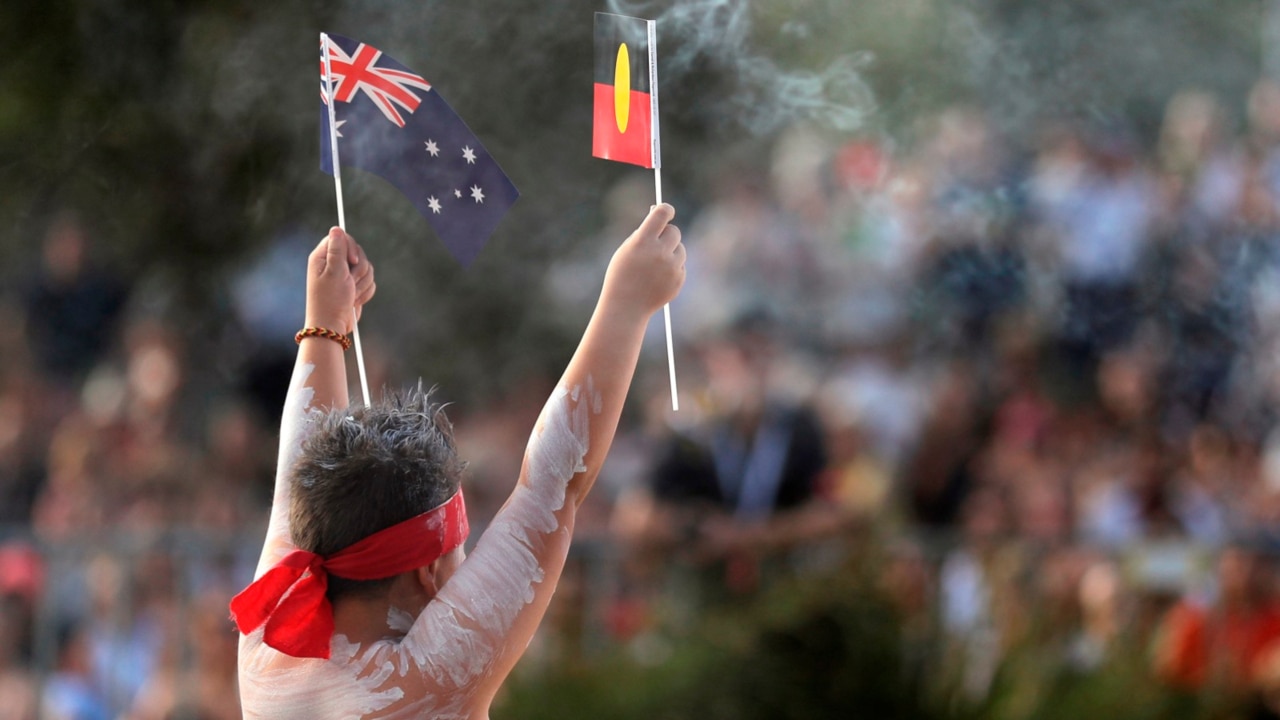
Australians are voting in the Voice to parliament referendum on Saturday, but many have more questions than answers on the proposal they’re be voting on.
Similar to past referendums, the precise details of the Voice will be determined as it is legislated, after the referendum is held on October 14, and if Australia votes yes.
However, the Albanese government has outlined the basic architecture of the Voice, based on recommendations from two reports, including a 272-page co-design process report written by academics Marcia Langton and Tom Calma in 2021.
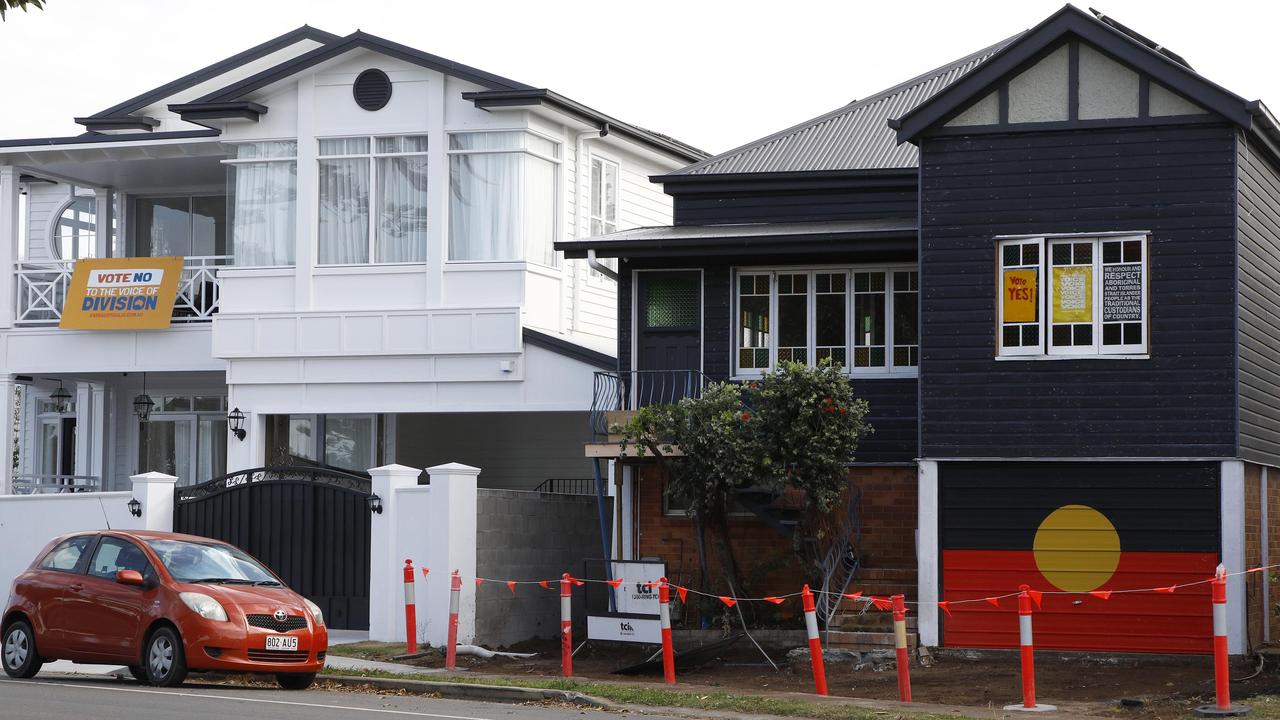
While the Prime Minister has not explicitly said all the recommendations would be adopted, he has confirmed the report would form the basis of what the Voice would come to look like, should the referendum succeed.
WHAT WILL THE VOICE DO?
The Voice aims to provide an avenue for Aboriginal and Torres Strait Islander people to advise the government on policy and legislation issues that directly impact them.
The advisory body would counsel local, state, territory and federal governments on such issues and the Voice would also be able to table formal advice in parliament, with a committee obligated to consider that advice.
It is important to note that while the government would be bound to listen to the advice given by the Voice, it would not have to follow its recommendations.
The Prime Minister has previously described the Voice as “an unflinching source of advice and accountability, not a third chamber, not a rolling veto, not a blank cheque, but a body with the perspective and the power and the platform to tell the government and the parliament the truth about what is working and what is not”.
The body would be subservient to the parliament, according to the PM.
“It won’t just speak to government, it will be accountable to the parliament,” Mr Albanese said.
“The work done … by Tom Calma and Marcia Langton envisaged a parliamentary oversight committee, that would have oversight over the activity of the Voice.”
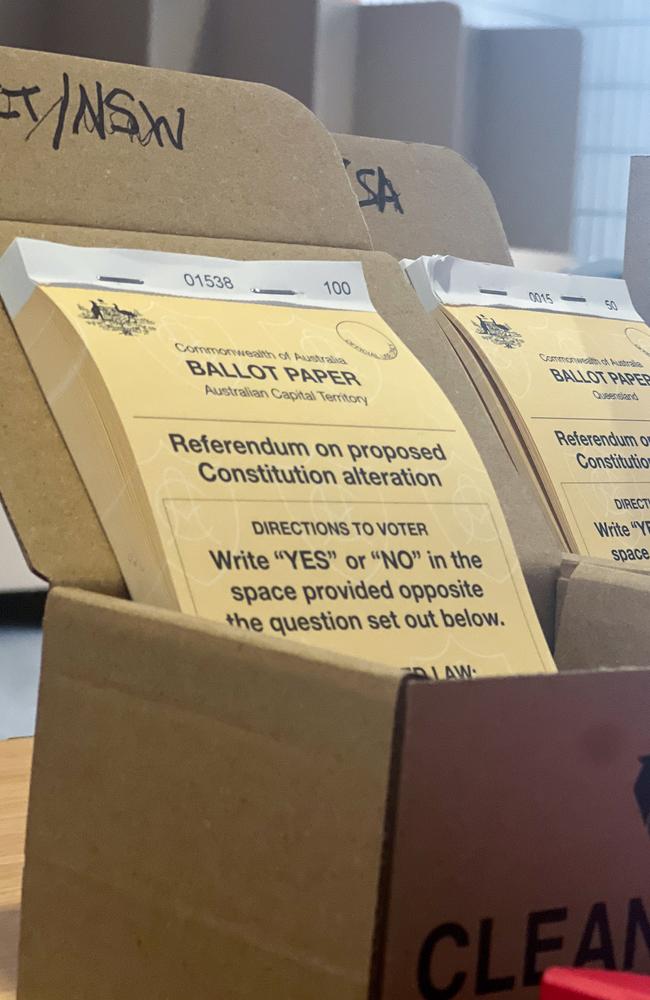
WHAT CAN THE VOICE GIVE ADVICE ON?
Many confused voters have taken issue with vagueness around what will fall into the Voice’s remit, with Professors Langton and Calma saying it would advise on matters of “national significance” in social, spiritual, and economic wellbeing policy.
Minister for Indigenous Australians Linda Burney has said the Voice will have a “full in-tray” across several key areas.
“I will ask the Voice to consider four main priority areas: health, education, jobs and housing,” she said.
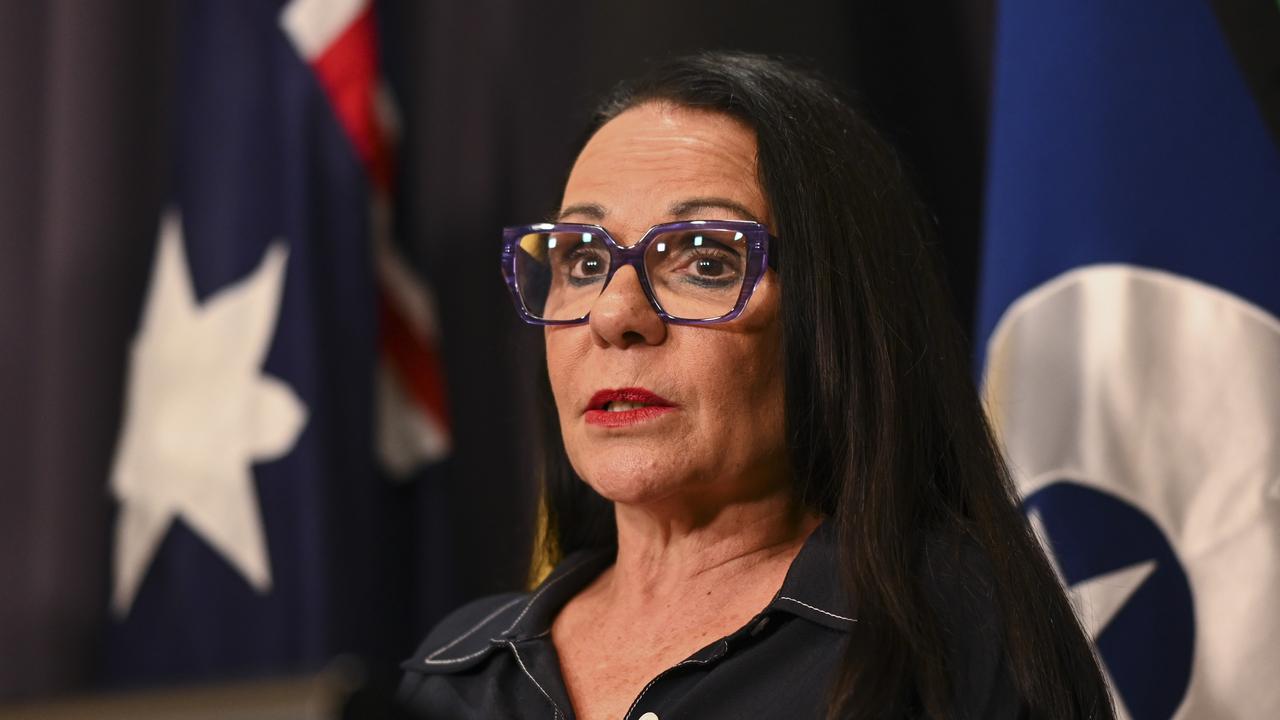
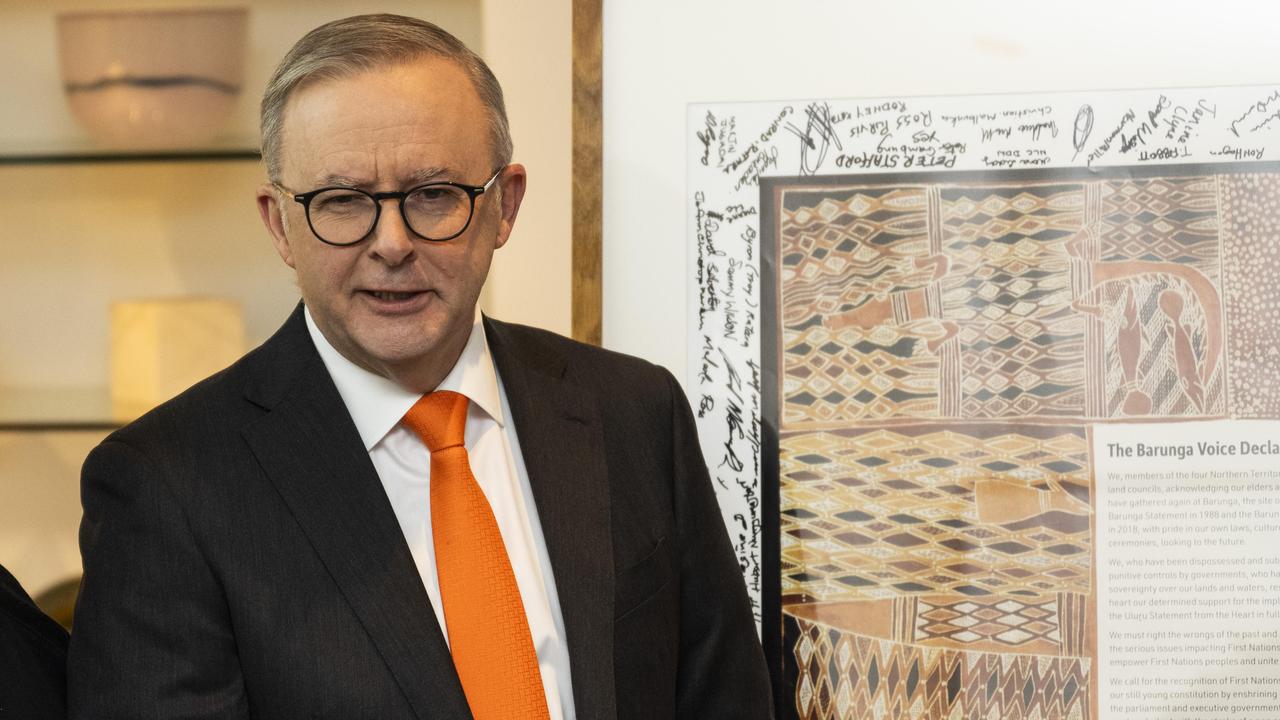
“The Voice will be tasked with taking the long view. Unlike the government, it won‘t be distracted by the three-year election cycles.
“It will plan for the next generation, not the next term. It will be focused on making a better future for the next generation.”
Mr Albanese has suggested that areas such as justice reinvestment, Indigenous ranger programs, and community health programs would fall into the organisation’s remit.
“We know that the gap between Indigenous and non-Indigenous Australians in areas like education, health and housing is substantial,” he said.
“You get better results when you actually listen to people and when you engage with them – that’s what the Voice is about.”
While the Voice would advise on a range of issues facing the parliament, the PM has promised that the advisory body will have little impact on how non-Indigenous Australians live.
“It won‘t make any difference, directly to your life, but it just might make a positive difference to the three per cent of Australians who are Indigenous Australians,” he said.
“So, I think it is all upside, no downside.”
HOW WILL IT BE SET UP?
If the government opts for what Professors Langton and Calma have recommended, 24 members will make up the Voice and a “structurally guaranteed” gender balance will be set.
Two members will be allocated from each state and territory as well as the Torres Strait.
There will also be five additional representatives from remote parts of the NT, WA, Queensland, SA, and NSW as well as one representative for Torres Strait Islanders living on the mainland.
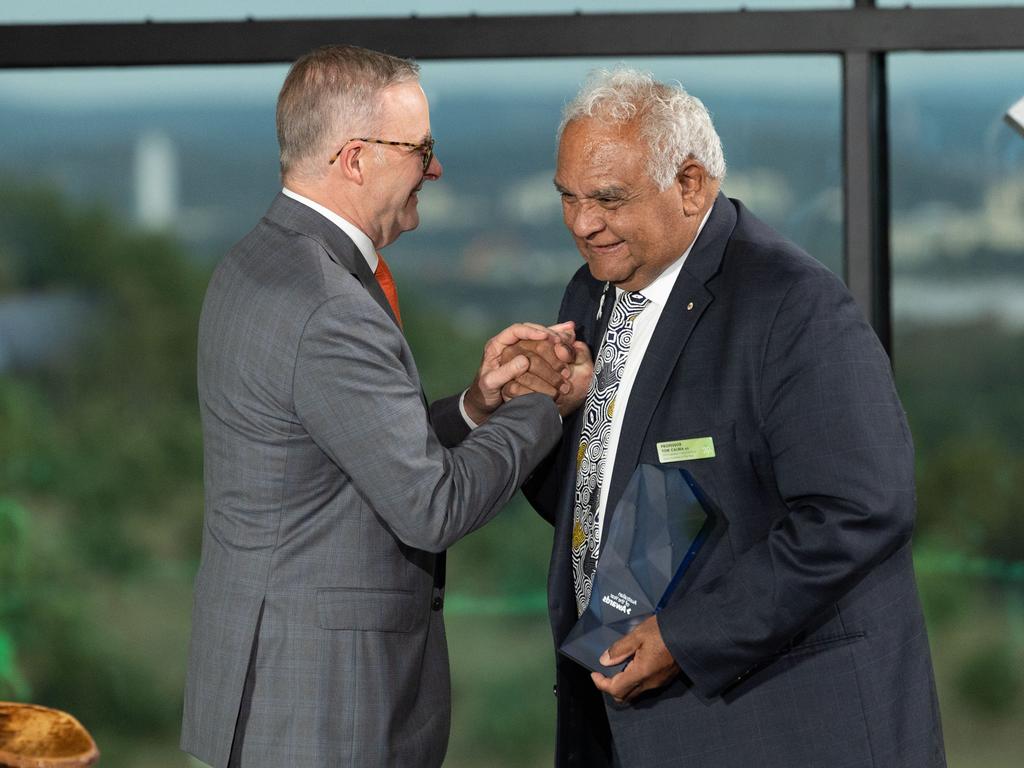
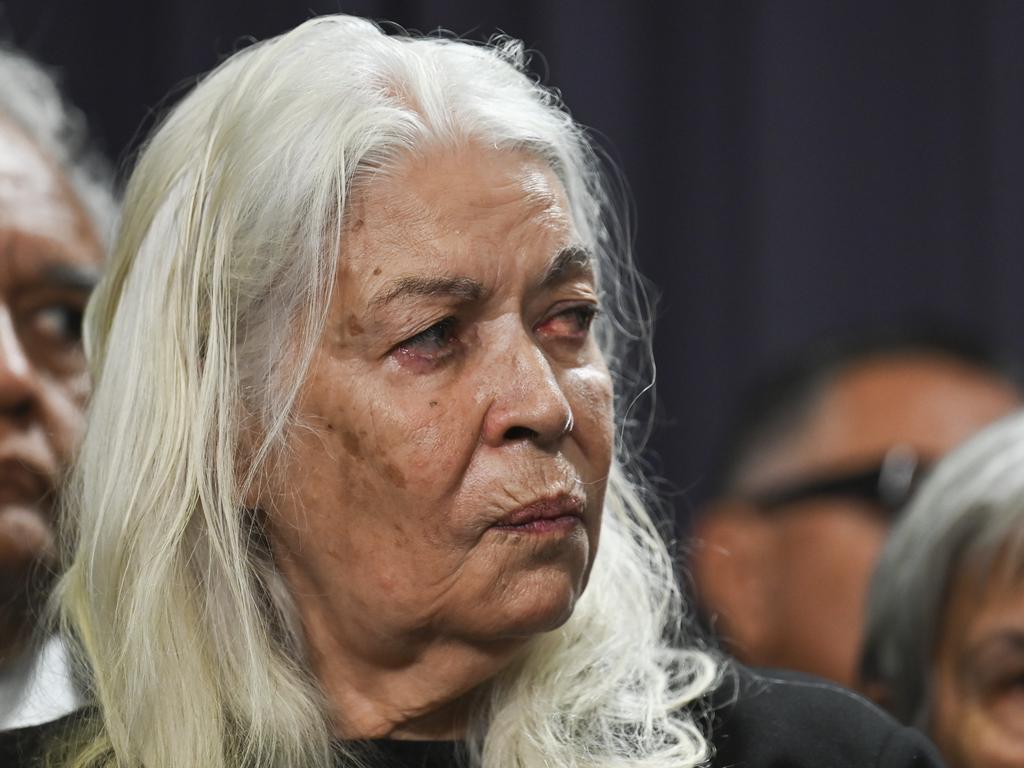
The Voice reports did not provide an absolute recommendation on whether members should be elected or appointed, only that members “could be determined by Local and Regional Voices”.
The reports placed strong emphasis on local and regional structures with members of the Voice to be chosen by Aboriginal and Torres Strait Islander peoples, rather than appointed by the government.
Speaking on Wednesday at the launch of the Yes Campaign, Prime Minister Anthony Albanese appeared to confirm most of these suggestions would be met.
“The Voice will be a committee of Aboriginal and Torres Strait Islander people, local representatives from every state and territory, the regions, remote communities, as well as the Torres Strait Islands,” he said.
“A committee of Indigenous Australians, chosen by Indigenous Australians, giving advice to government so that we can get a better result for Indigenous Australians.”
The Langton-Calma report suggests that leading the Voice body will be two co-chairs of different genders, the only ones who will receive a full-time salary.
It’s proposed that members will remain with the advisory body for four-year staggered terms, meaning that re-election or reselection of half of the positions will occur every two years.
WHAT WOULD CHANGE IN THE CONSTITUTION?
Australians will be asked to answer YES or NO to the following question:
“A Proposed Law: to alter the Constitution to recognise the First Peoples of Australia by establishing an Aboriginal and Torres Strait Islander Voice.
“Do you approve this proposed alteration?”
The alteration would add these four lines to the Constitution:
In recognition of Aboriginal and Torres Strait Islander peoples as the First Peoples of Australia:
- There shall be a body, to be called the Aboriginal and Torres Strait Islander Voice;
- The Aboriginal and Torres Strait Islander Voice may make representations to the parliament and the Executive Government of the Commonwealth on matters relating to Aboriginal and Torres Strait Islander peoples;
- The parliament shall, subject to this Constitution, have power to make laws with respect to matters relating to the Aboriginal and Torres Strait Islander Voice, including its composition, functions, powers and procedures.
WHAT WILL NOT BE A PART OF THE VOICE?
Based on the Langton-Calma reports, the Voice will not be a “third chamber” of parliament as some on the No campaign have claimed, it would not deliver government programs, and would not distribute any funding.
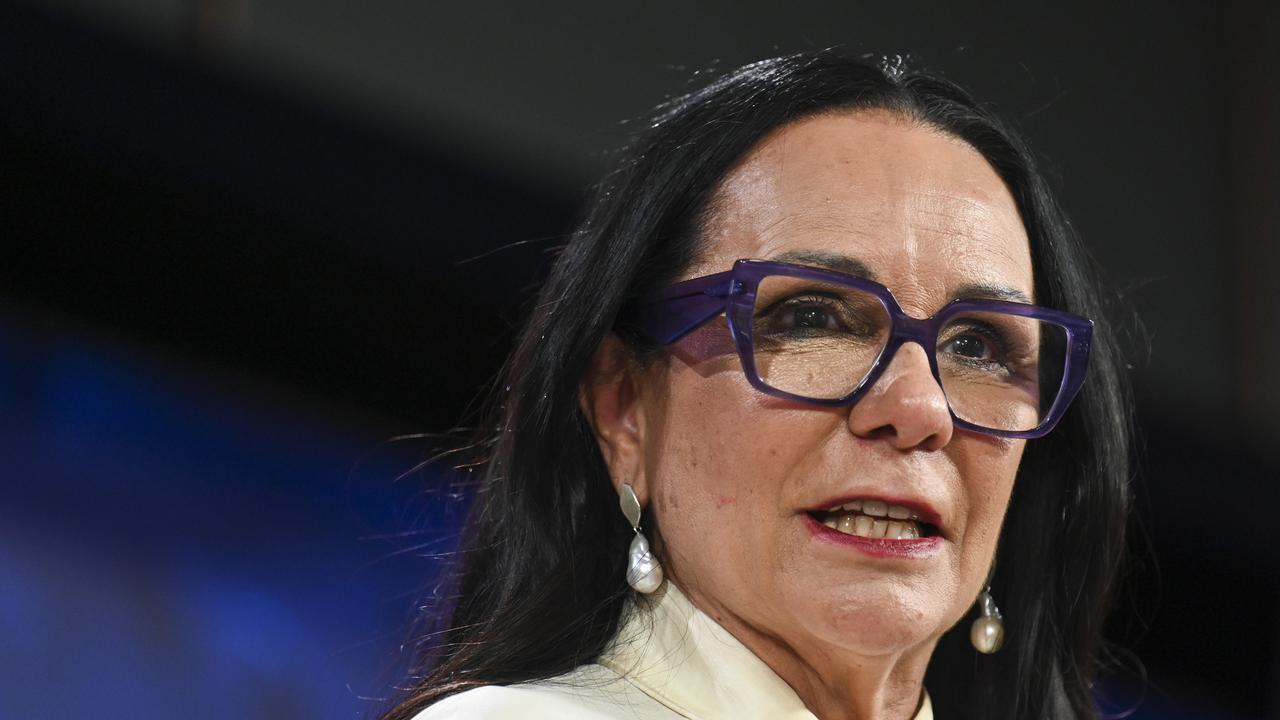
The body would not make any binding decisions, rather merely advise the government – who can choose whether to take the advice on board or not.
It would not have veto power nor would it be able to make binding decisions.
Mr Albanese has said the Voice was only “about advice”.
More Coverage
“The parliament and government that Australians vote for in the normal way every three years will still be responsible for decisions and laws and funding, just as it always has been,” he said.
“With a Voice, though, we will be able to hear directly from Aboriginal and Torres Strait
Islander communities about the challenges they face; in health and education, in jobs and housing. And we’ll be able to learn about the things that are working in local areas, so we can replicate them and make them work right around the country.”




